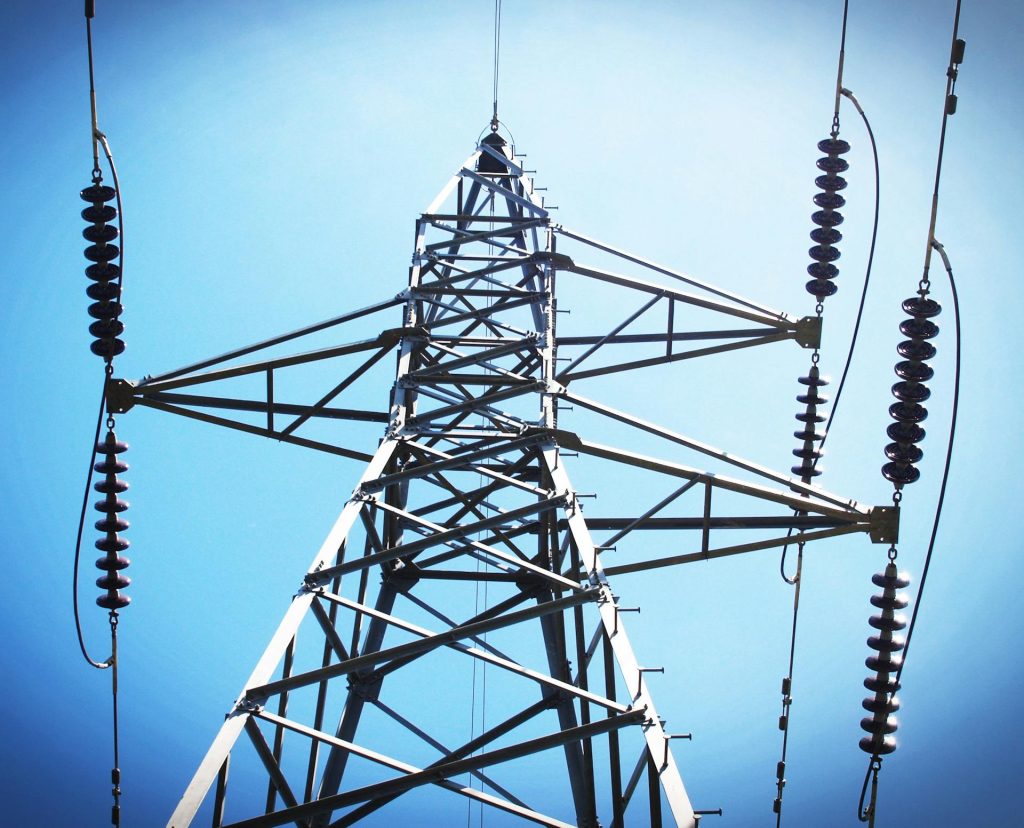Indonesia has issued its 2025 National Electricity General Plan (RUKN), setting a target for renewable energy to account for 15.9% of the power mix by 2025 and 21% by 2030. However, progress has been sluggish, with the current share of renewables in the electricity sector at just 15%, government data showed.
Annual investment in renewable energy remains between $1.5 billion and $1.8 billion, falling short of the $2.6 billion target for 2024. Analysts and policy groups warn that without strategic reforms, Indonesia may struggle to meet its targets and attract sufficient capital to support economic growth and the expansion of its manufacturing sector.
One of the key challenges lies in the structure of the power industry, dominated by state utility PLN, which controls the generation, transmission, distribution, and sale of electricity. As the sole buyer, PLN’s capacity to scale up renewable procurement is limited, particularly in meeting demand from business and industrial users.
“The current electricity system in Indonesia makes it difficult for private companies to access renewable electricity directly. This limits investment and slows down the transition,” said Fabby Tumiwa, Executive Director of the Institute for Essential Services Reform (IESR).
A new policy study released by RE100, IESR, and the Institute for Energy Economics and Financial Analysis (IEEFA) advocates for shared use of the transmission network, known locally as Penggunaan Bersama Jaringan Transmisi (PBJT), to enable direct delivery of renewable electricity from generators to business and industrial customers via PLN’s grid.
“Shared use of the transmission and distribution network has the potential to rapidly increase private investment in Indonesia’s renewable future,” said Ollie Wilson, Head of RE100 at Climate Group. “With 130+ RE100 members operating in the country, the demand for renewable electricity is already there – what’s now needed is an energy market that can help Indonesia keep pace with neighbouring countries and enable its leading stance on coal retirement, and its Golden Indonesia 2045 vision, to become reality.”
The proposed PBJT model is based on four core principles: direct access for industrial users, transparent and fair tariffs, timely and cost-effective grid connection, and clear contractual arrangements covering supply obligations and grid costs.
Tumiwa noted that the PBJT scheme could also be beneficial for PLN. “This scheme can open new revenue streams for PLN and help improve grid efficiency. But PLN needs to strengthen its institutional capacity so it can function as a neutral facilitator in electricity transactions,” he said.
Indonesia has a technical renewable energy potential of over 3.7 terawatts, of which about 333 gigawatts are considered economically viable, according to IESR. The PBJT framework would allow the private sector to invest in renewable projects outside PLN’s current development plan (RUPTL), helping to accelerate deployment while supporting national grid development.
Mutya Yustika, Energy Finance Specialist at IEEFA, emphasized the financial upside for PLN. “The shared transmission model and power purchase agreement scheme could provide PLN with up to $5 billion annually for power plant investments,” she said. “It can also help bridge the electricity infrastructure funding gap, which is estimated at $146 billion.”
The study recommends that the Indonesian government integrate PBJT support into the upcoming New and Renewable Energy Bill (EBET) and PLN’s business plan. It also proposes measures such as introducing upfront grid access fees for developers, creating a dedicated PLN transmission subsidiary, and implementing an annual renewable electricity quota.
“PBJT will deliver greater long-term benefits for Indonesia,” Tumiwa added. “It will enhance the attractiveness of foreign investment to develop export-oriented industries and renewable power plants. These national benefits must be recognized by the government, the legislature, and all stakeholders.”

